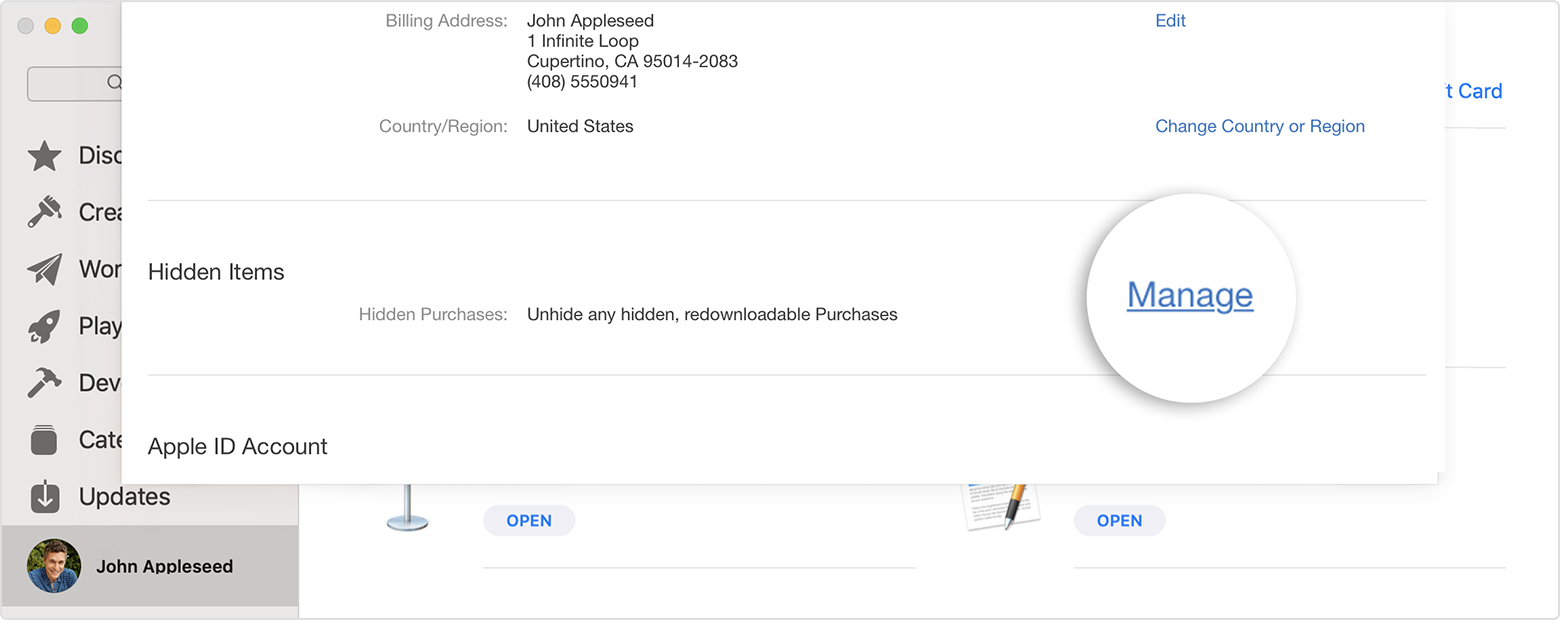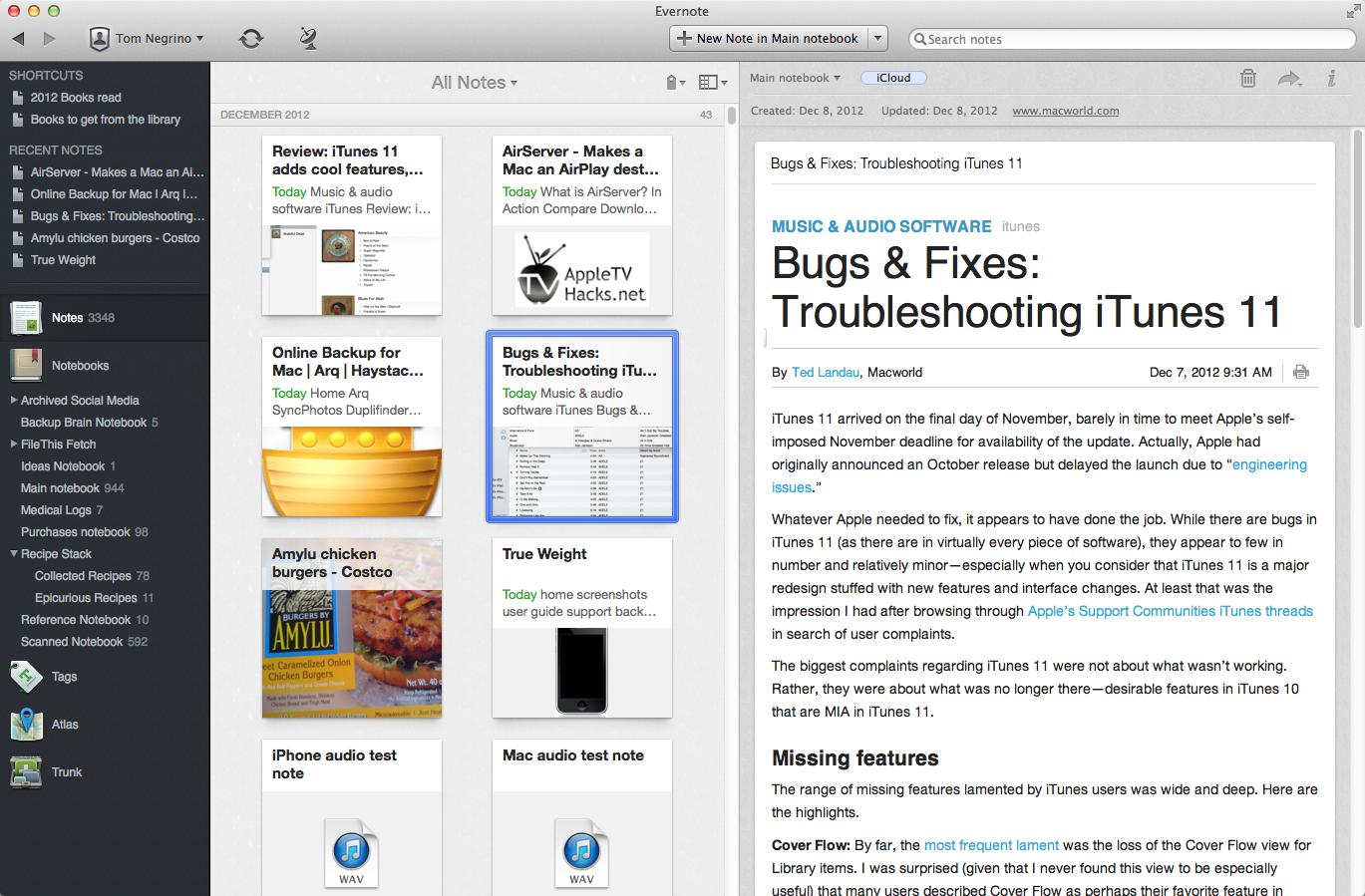Numbers lets you build beautiful spreadsheets on a Mac, iPad, or iPhone — or on a PC using iWork for iCloud. And it’s compatible with Apple Pencil. Step Four: Content Protection. Membership 2 > Protection Rules is your home base for choosing who sees what content, all in one beautiful and easy to use page. You’ll see your content protection options in a vertical list of tabs. Clicking any of these tabs will allow you to set content protection for that particular content type.
• Choose Apple menu > System Preferences, then click Users & Groups. • Click the lock icon to unlock it, then enter an administrator name and password. • Click the Add button below the list of users.
• Click the New Account pop-up menu, then choose a type of user. • Administrator: An administrator can add and manage other users, install apps, and change settings. The new user you create when you first set up your Mac is an administrator. Your Mac can have multiple administrators. You can create new ones, and convert standard users to administrators. Don’t set up automatic login for an administrator.
If you do, someone could simply restart your Mac and gain access with administrator privileges. To keep your Mac secure, don’t share administrator names and passwords. • Standard: Standard users are set up by an administrator. Standard users can install apps and change their own settings, but can’t add other users or change other users’ settings. • Managed with Parental Controls: Users who are managed with parental controls can access only the apps and content specified by the administrator managing the user. The administrator can restrict the user’s contacts and website access, and place time limits on computer use. • Sharing Only: Sharing-only users can access shared files remotely, but can’t log in to or change settings on the computer.
To give the user permission to access your shared files or screen, you may need to change settings in the File Sharing, Screen Sharing, or Remote Management panes of Sharing preferences. For more information, see. For more information about the options for each type of user, click the Help button in the lower-left corner of the dialog.
• Enter a full name for the new user. An account name is generated automatically. To use a different account name, enter it now—you can’t change it later. • Enter a password for the user, then enter it again to verify.
Enter a password hint to help the user remember their password. • Click Create User. • Depending on the type of user you create, you can also do any of the following: • For an administrator, select “Allow user to administer this computer.” • For a child or other managed user, select “Enable parental controls.” Click Open Parental Controls, then set up restrictions for the user.
If you are looking for security look no further. Ssl/tls certificate installation guide: apache for mac.


For more information, see. • Use Sharing preferences to specify whether the user can. If your Mac has Touch ID, a new user can add a fingerprint after logging in to the Mac. The user can then use Touch ID to unlock the Mac and password-protected items, and purchase items from the iTunes Store, App Store, and iBooks Store using their Apple ID. For more information, see.

 0 kommentar(er)
0 kommentar(er)
